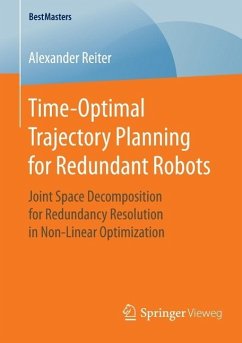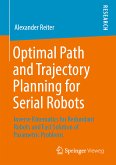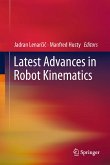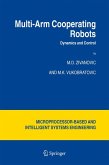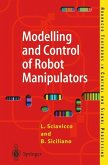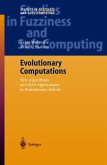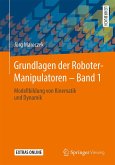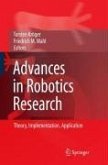This master's thesis presents a novel approach to finding trajectories with minimal end time for kinematically redundant manipulators. Emphasis is given to a general applicability of the developed method to industrial tasks such as gluing or welding. Minimum-time trajectories may yield economic advantages as a shorter trajectory duration results in a lower task cycle time. Whereas kinematically redundant manipulators possess increased dexterity, compared to conventional non-redundant manipulators, their inverse kinematics is not unique and requires further treatment. In this work a joint space decomposition approach is introduced that takes advantage of the closed form inverse kinematics solution of non-redundant robots. Kinematic redundancy can be fully exploited to achieve minimum-time trajectories for prescribed end-effector paths.
Dieser Download kann aus rechtlichen Gründen nur mit Rechnungsadresse in A, B, BG, CY, CZ, D, DK, EW, E, FIN, F, GR, HR, H, IRL, I, LT, L, LR, M, NL, PL, P, R, S, SLO, SK ausgeliefert werden.

